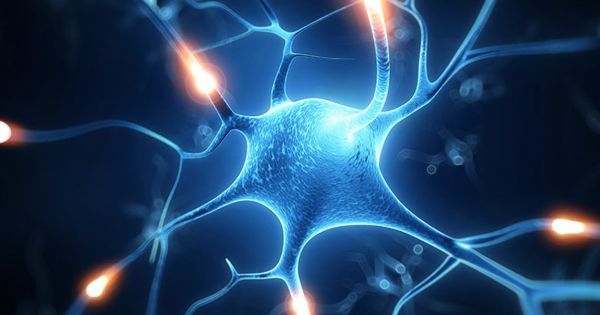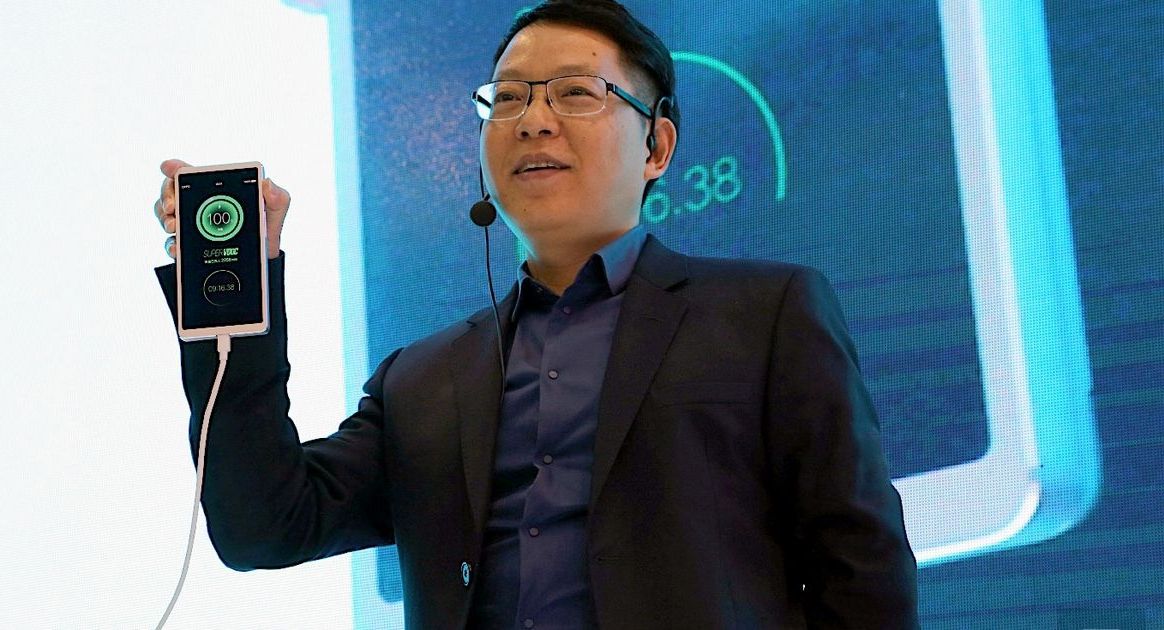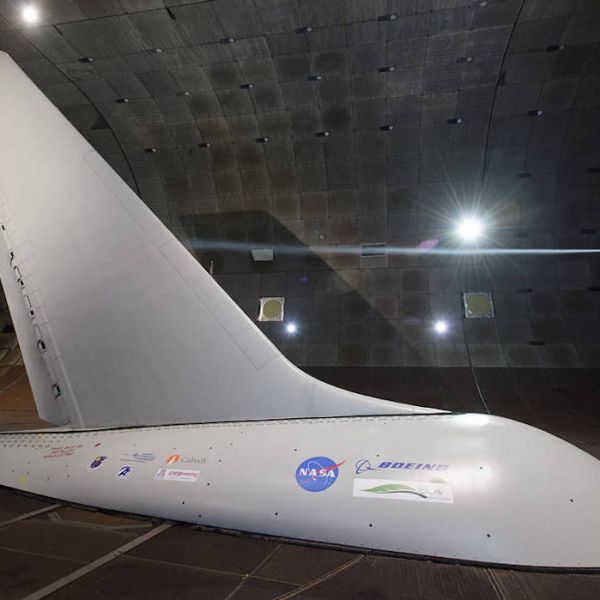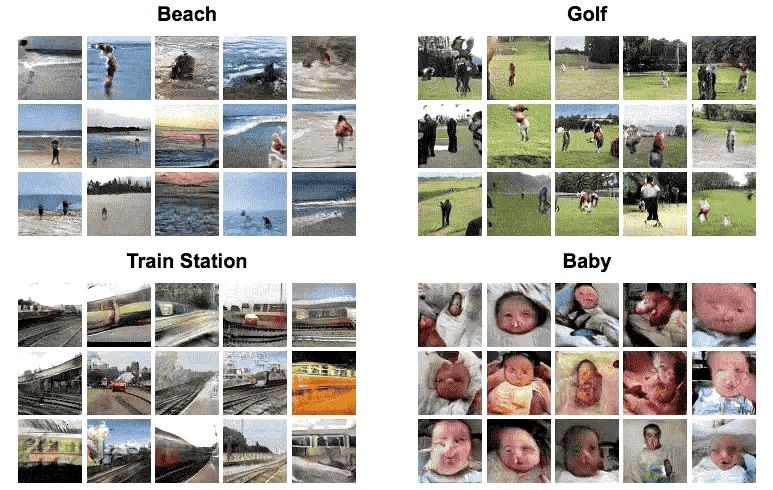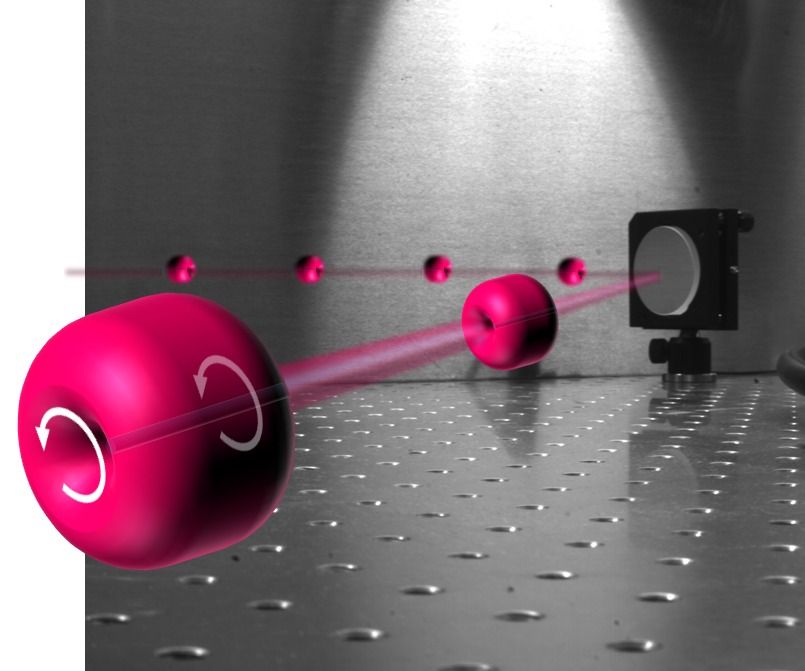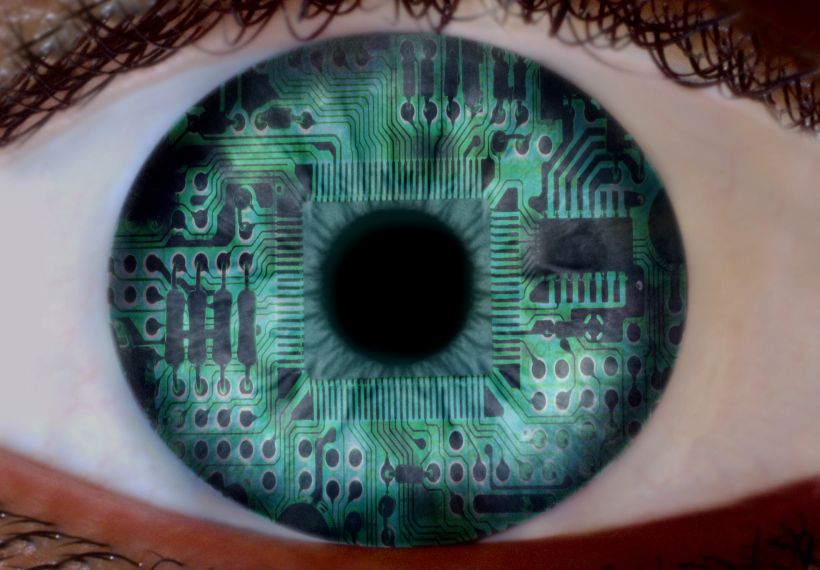Sep 10, 2016
Scientists Say Neuron Repair is Possible
Posted by Shailesh Prasad in categories: biotech/medical, education, neuroscience
New research suggests that nerve cells may be able to repair themselves by mobilizing mitochondria by removing a certain protein in cells. This may help combat neurological diseases such as Alzheimer’s in the near future.
The Mitochondria is the powerhouse of the cell. We all know that. It causes reactions that generate adenosine triphosphate (ATP), a source of chemical energy in a cell. A typical animal cell contains 1000 to 2000 mitochondria. Yet, that’s not all we learned in high school biology. Remember that neurons or nerve cells do not have the ability to repair themselves once damaged? Well, these two facts have stirred quite a bit of interest.
Scientists have found out that nerve cell regeneration is possible. Researchers from National Institute of Neurological Disorders and Stroke in the US restored mitochondrial mobility in a group of mice and observed regeneration of nerve cells.
